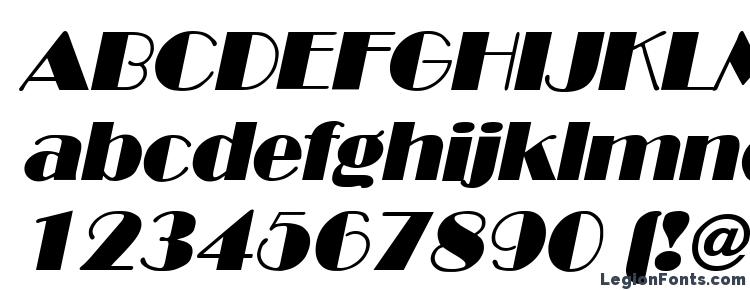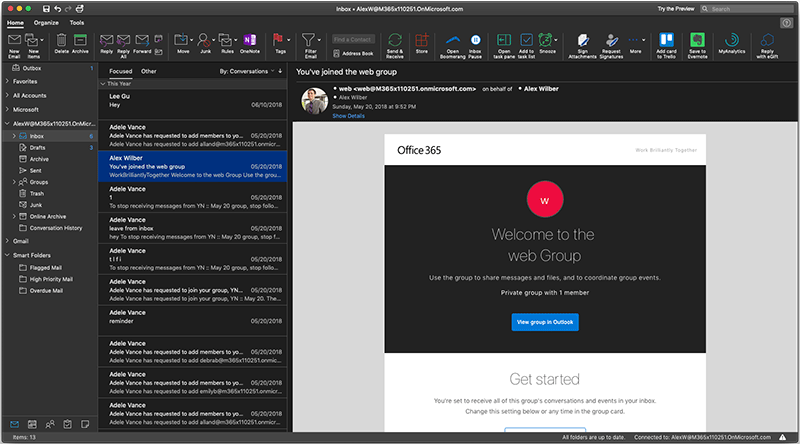Microsoft 3d Viewer Mac

- Choose from circle, star, triangle, and more. Easily copy and paste your 3D model into Microsoft Office apps, including Word and PowerPoint, and the Mixed Reality Viewer app. Rotate your 3D models with more precision—see how far you’ve rotated your model and the exact number of degrees.
- The Origin Viewer 9.6.5 is easily distributed as a single file - no installation needed. Available in 32- and 64-bit Windows versions and in a native Mac version. The Viewer 9.6.5 is compatible with the latest version of Origin - Origin 2019. New - Mac Viewer support for the newest OPJU, OGGU, OGWU file types (introduced in Origin 2018).
- Choose from circle, star, triangle, and more. Easily copy and paste your 3D model into Microsoft Office apps, including Word and PowerPoint, and the Mixed Reality Viewer app. Rotate your 3D models with more precision—see how far you’ve rotated your model and the exact number of degrees.
- Easily view 3D models and animations in real-time. 3D Viewer lets you view 3D models with lighting controls, inspect model data and visualize different shading modes. In Mixed Reality mode, combine the digital and physical. Push the boundaries of reality and capture it all with a video or photo to share.
| Developer(s) | Microsoft |
|---|---|
| Operating system | Microsoft Windows |
| Successor | WordPad |
| Type | Word processor |
Microsoft PowerPoint 16.46 for Mac can be downloaded from our software library for free. The actual developer of this Mac application is Microsoft. The unique identifier for this app's bundle is com.microsoft.Powerpoint. The most popular versions of Microsoft PowerPoint for Mac are 14.0, 12.3 and 10.1. Microsoft Write was part of a short-lived trend for 'lightweight' Macintosh word processors initiated by the introduction of the Macintosh Portable and early PowerBook systems. Others included LetterPerfect and Nisus Compact. Microsoft Windows. In 1985, Windows 1.0 was released with Microsoft Write.
Microsoft Write was a basic word processor included with Windows 1.0 and later, until Windows NT 3.51. Throughout its lifespan it was minimally updated, and is comparable to early versions of MacWrite. Early versions of Write only work with Write (.wri) files, but after Windows 3.0, Write became capable of reading and composing early Word (.doc) documents. With Windows 3.1, Write became OLE capable. In Windows 95, Write was replaced with WordPad; attempting to open Write from the Windows folder will open WordPad instead.
Being a word processor, Write features additional document formatting features that are not found in Notepad (a simple text editor), such as a choice of font, text decorations and paragraph indentation for different parts of the document. Unlike versions of WordPad before Windows 7, Write could justify a paragraph.
Platforms[edit]
Atari ST[edit]
In 1986, Atari announced an agreement with Microsoft to bring Microsoft Write to the Atari ST.[1]
Unlike the Windows version, Microsoft Write for the Atari ST was the Atari version of Microsoft Word 1.05 released for the Apple Macintosh while sharing the same name as the program included with Microsoft Windows during the 80s and early 90s.[2] While the program was announced in 1986, various delays caused the program to arrive in 1988.[3] The Atari version was a one time release and was never updated.
Microsoft Write for the Atari ST retailed at $129.95 and was one of two high-profile PC word processors that were released on the Atari platform. The other application was WordPerfect.
Macintosh[edit]
In October 1987, Microsoft released Microsoft Write for Macintosh. Write was a version of Microsoft Word with limited features that Microsoft hoped would replace aging MacWrite in the Macintosh word processor market. Write was priced well below Word, though at the time MacWrite was included with new Macintoshes. Write is best described as Word locked in 'Short Menus' mode, and as such it used the same file format so that users could exchange files with absolutely no conversion necessary.[4] Write did not sell well and was discontinued before the System 7 era. Microsoft Write was part of a short-lived trend for 'lightweight' Macintosh word processors initiated by the introduction of the Macintosh Portable and early PowerBook systems. Others included LetterPerfect and Nisus Compact.
Microsoft Windows[edit]

In 1985, Windows 1.0 was released with Microsoft Write. It was a basic word processor, intended to be more complex than Notepad. It was very similar to the Macintosh version, and had all of the same features. It saved and wrote to Write .wri files, a new format created specifically for Microsoft Write. Later versions could save to the Word .doc format. Write was replaced with WordPad in Windows 95. WordPad can read .wri files, but is unable to save to them.
References[edit]
- ^'News & Products'. Compute! (77): 121. October 1986. Retrieved January 13, 2014.
- ^Friedland, Nat (March 1987). 'Today's Atari Corp.: A close up look inside'. Antic. 5 (11). Retrieved January 13, 2014.
- ^Chadwick, By Ian (Summer 1988). 'Feature Review: Microsoft Write – Was it worth the wait?'. STart. 3 (1). Retrieved January 13, 2014.
- ^Flynn, Laurie (October 26, 1987). 'Microsoft Pursues Mac Write With Low-End Word Processor'. InfoWorld. InfoWorld Media Group. 9 (43): 45. ISSN0199-6649. Retrieved January 13, 2014.
Microsoft is no longer treating possibly the most unused folder, 3D Objects, as a special folder in File Explorer.
With the release of Windows 10 1703, otherwise known as the Creators Update, Microsoft included a new application called '3D Viewer' that allowed you to view and manipulate 3D models.
As a place to store all those 3D object files that Microsoft thought people would be downloading, they created a '3D Objects' folder in each user's user profile directory. This folder was given a unique icon and was designated as a special folder in File Explorer, as shown below.
However, most people did not find 3D Viewer as useful as Microsoft, and the most popular search queries regarding the '3D Objects folder' was how to remove it.
Microsoft 3d Viewer Mac Free
Microsoft finally got the hint, and with yesterday's release of Windows 10 Insider build 21322 in the Dev channel, the 3D Objects folder is no longer displayed as a special folder in File Explorer. However, Windows 10 users can still access it directly from the %UserProfile% folder.
'The 3D Objects folder will no longer be shown as a special folder in File Explorer after updating to this build. If you need to access this folder, you can do so via typing %userprofile% in File Explorer or through the navigation pane option “Show all folders,' Microsoft explained in the Windows 10 Insider build 21322 release notes.
While this is not a particularly big change for Windows users, it is one less folder cluttering Windows 10's File Explorer, which can quickly become filled with extraneous devices and drives.